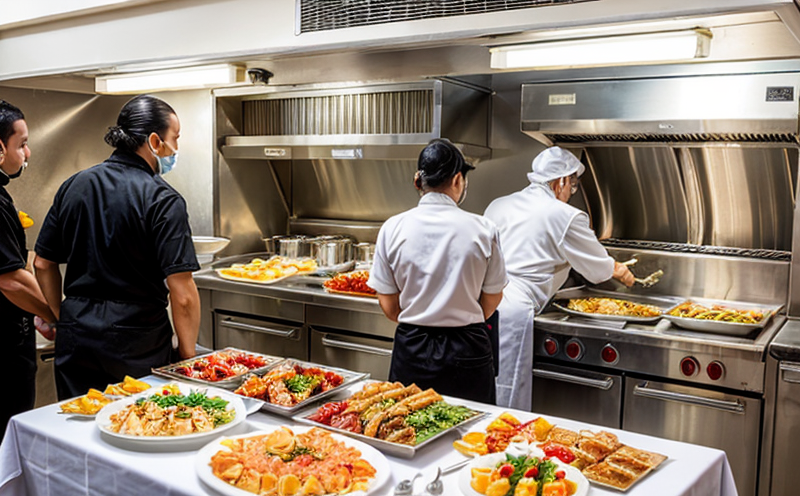Buffet service hygiene inspection
In the fast-paced world of hospitality, buffet services stand as a cornerstone of food safety and consumer trust. Ensuring that buffets meet stringent hygiene standards is not only essential for maintaining public health but also crucial for sustaining the reputation and success of catering establishments.
Buffet service hygiene inspection involves a comprehensive evaluation of various aspects including cleanliness, temperature control, staff hygiene practices, and compliance with food safety regulations. This process ensures that every element contributing to the buffet experience adheres to strict guidelines, thereby protecting diners from potential foodborne illnesses.
The scope of buffet service hygiene inspections encompasses multiple critical areas:
- Physical cleanliness of serving areas
- Proper temperature maintenance and monitoring
- Personal hygiene of service personnel
- Correct handling and storage of food items
- Effective waste management practices
The primary goal is to identify potential risks early on, ensuring that any issues are addressed promptly. This proactive approach not only enhances customer satisfaction but also reduces the likelihood of costly recalls or legal actions.
For effective inspection, laboratories use advanced microbiological testing methods such as aerobic plate count, coliform tests, and pathogen detection to ensure food safety. These tests help in quantifying bacterial load and identifying any harmful pathogens present in the samples collected from buffets.
The process of buffet service hygiene inspection typically involves:
- Initial assessment: Reviewing the establishment’s food safety policies and procedures
- Sampling: Collecting representative samples from different parts of the buffet station
- Testing: Conducting microbiological tests to check for contamination levels
- Evaluation: Assessing results against relevant standards and guidelines
- Reporting: Providing detailed reports highlighting any areas needing improvement
The importance of such inspections cannot be overstated. They serve as a safeguard against foodborne illnesses, ensuring that buffets remain safe and hygienic environments for diners.
| Application | Description |
|---|---|
| Catering establishments | Ensuring compliance with hygiene and safety standards for public events. |
| Hospitality venues | Maintaining food quality in hotels, resorts, and conference centers. |
| Corporate dining services | Providing assurance of hygiene for staff during lunch breaks. |
Industry Applications
Buffet service hygiene inspection finds application across various sectors where food safety is paramount. Catering establishments, hospitality venues, and corporate dining services all benefit from this service to ensure that their buffets meet the highest hygiene standards.
| Application | Description |
|---|---|
| Catering establishments | Ensuring compliance with hygiene and safety standards for public events. |
| Hospitality venues | Maintaining food quality in hotels, resorts, and conference centers. |
| Corporate dining services | Providing assurance of hygiene for staff during lunch breaks. |
International Acceptance and Recognition
Buffet service hygiene inspection is recognized globally for its role in maintaining food safety standards. Laboratories adhering to international guidelines ensure that their findings are accepted worldwide.
- ISO 22000: Food Safety Management Systems
- ASTM E1735: Standard Test Method for Microbiological Examination of Foods
These standards provide a framework for consistent and reliable testing, ensuring that the results are valid regardless of location. Laboratories accredited by bodies like ISO, BSI, or FDA offer internationally recognized certification, enhancing trust among clients and stakeholders.
Environmental and Sustainability Contributions
Beyond immediate safety concerns, buffet service hygiene inspections contribute significantly to environmental sustainability. By identifying and rectifying issues early, these inspections help minimize waste generation and promote more efficient resource use. For instance, proper temperature control can prevent food spoilage, reducing the need for unnecessary replacements.
Additionally, the focus on staff hygiene practices helps reduce cross-contamination risks, which in turn lowers the demand for chemical disinfectants and other resources. This holistic approach ensures that catering services are not only safe but also environmentally responsible.





